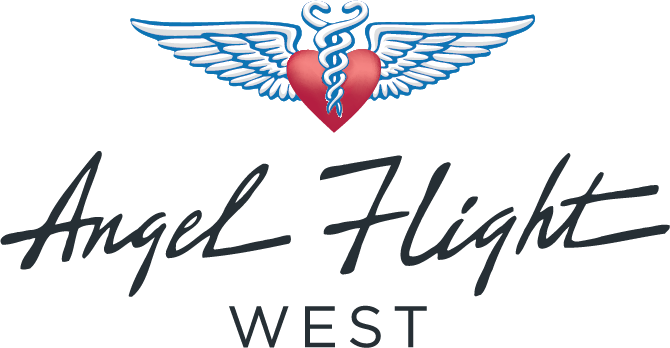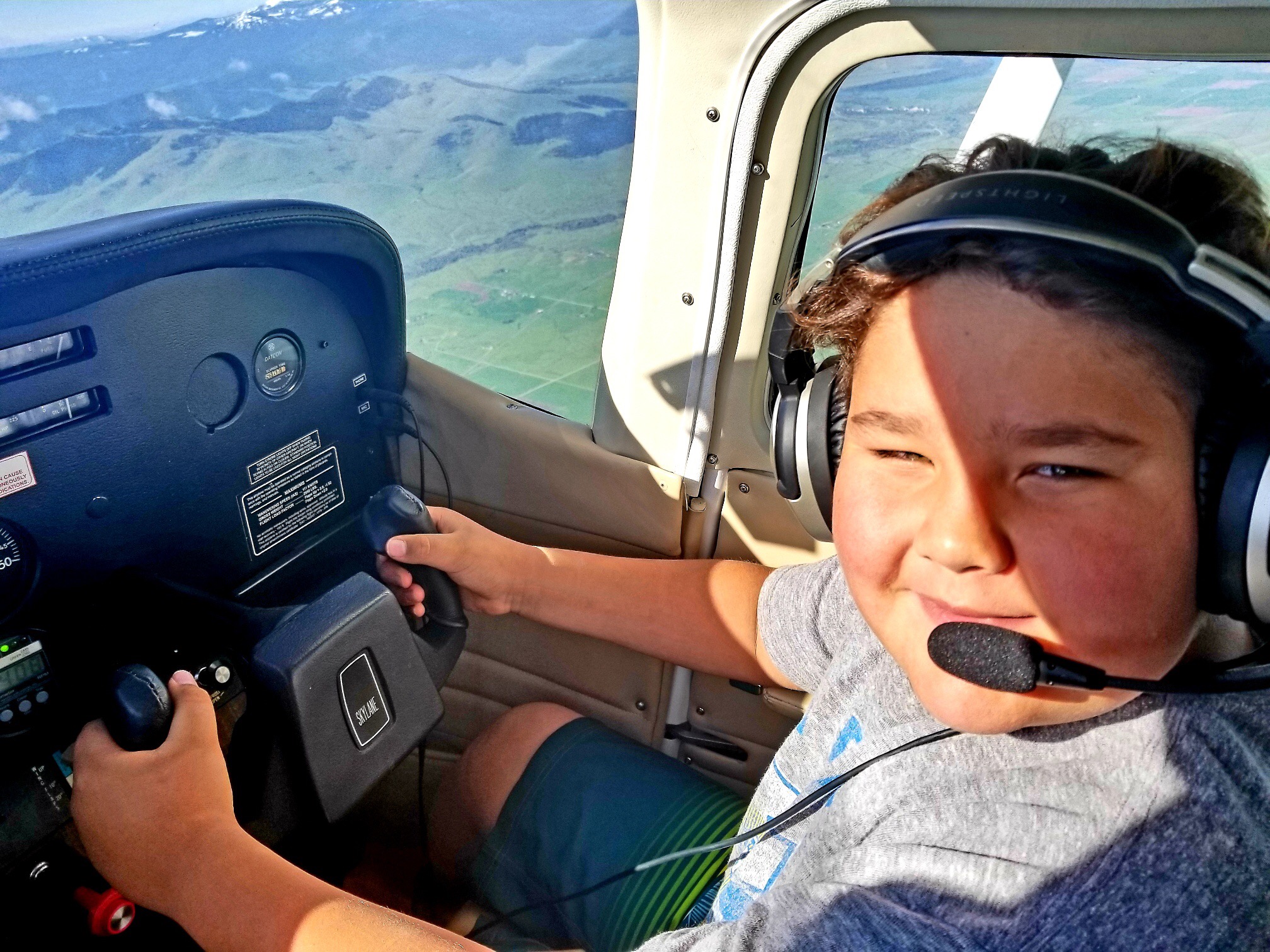Winter is coming!

By Rich Pickett, AFW Safety Officer
While it is difficult to realize that winter is coming here in San Diego, I sometimes encounter actual snow or ice on a runway! I thought it might be nice to share some pointers, especially for those pilots who don’t normally operate under these conditions. Having lived and flown in the Rockies, Cascades, and back East, winter flying can be an adventure.
I came across a good article on the Bold Method website. When landing on contaminated runways, whether it is rain, snow, or ice, we need to be aware that not only will our stopping distance be impacted, but also directional control. I remember landing my Aerostar 700 at Dulles in the rain. Even though I had 9400 feet on Runway 1L, it was not enough when I started hydroplaning and saw the end of the runway coming up fast. I felt like I was a passenger and not a pilot on that landing since my control was limited.
In 2018, I flew a trip in a Citation CJ2 to Minneapolis for the Super Bowl. I thought I was prepared – I packed a knit hat and scarf. What could go wrong? The approach was perfect, the landing smooth, then Boom! I had hydraulic failure resulting in speed-brake failure on an ice-covered runway. Of course, it was on Super Bowl Eve! You can read the full story on my website: https://personalwings.com/inflight-emergency/on-the-way-to-super-bowl-hydraulic-failure-in-the-citation-cj2/
When encountering a runway contaminated with rain, snow, or ice, it is a good idea to plan for up to double the usual required landing distance. Some AFMs have specific information for these conditions; however, most GA airplanes don’t, so you may be an unwitting test pilot. When in doubt, choose an airport with more available runway than you usually require. This is another reason to fly your approach precisely, be at Vref 50 feet above the runway, and ensure your aim point is fine. This is also a great excuse to practice your landings in nice weather.
The Bold Method article also includes a good description of the nomenclature used at some airports to describe the braking action. It can be confusing sometimes to ascertain the exact braking conditions from the numbers. They include the FAA’s braking table, something that might be useful to keep in your cockpit during the winter. https://www.boldmethod.com/learn-to-fly/maneuvers/how-to-avoid-sliding-off-the-runway-winter-weather
Aviator Brains
If you ever wondered if pilots think differently than non-aviators, now you have confirmation. Chinese scientists used Functional MRI (fMRI), which is a very cool diagnostic tool, to determine what happens in the brain during certain activities. In their study, they evaluated pilots in various situations. I always thought the difference was from being around 100LL and Jet-A, but now I understand that there is a neurological explanation.
Read more here:
Thanks again for everyone’s support of AFW and our missions. Your past, present, and future help always makes a difference in the lives of so many people.

